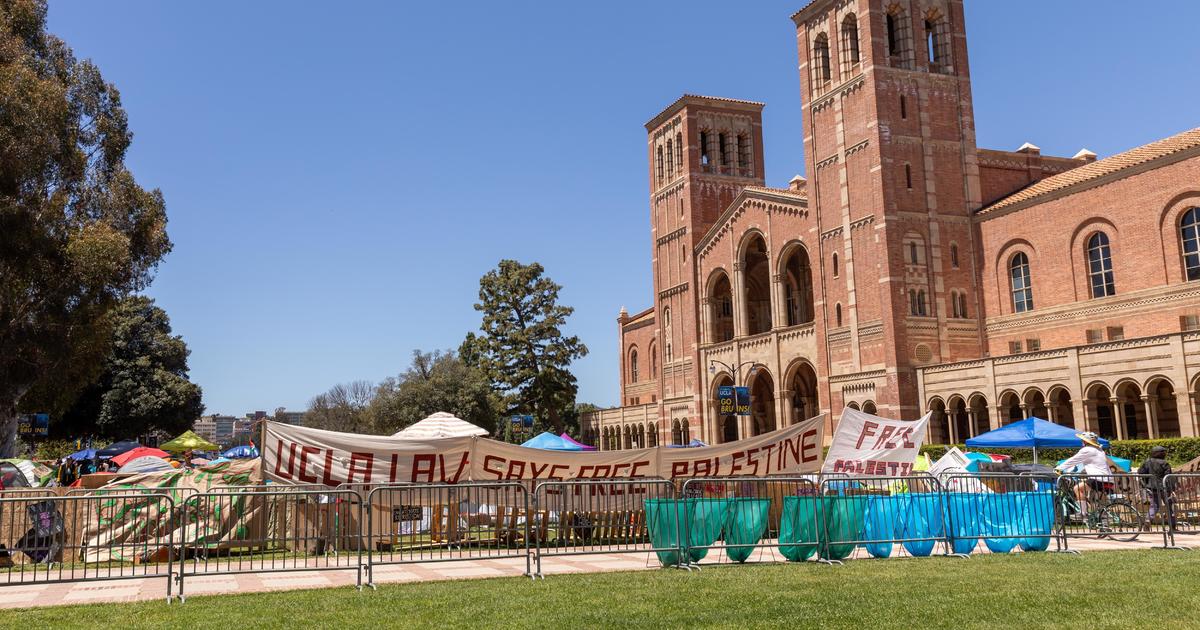No Bullying Zone: How Smaller Campuses Have A Positive Impact On The Learning Process
"At public school, it wasn't working. I got picked on a lot and the classroom was too noisy so I couldn't focus on my work and the tests," says student Chazlyn M. Chazlyn is not alone. A 2015 National Center for Education Statistics survey reveals that 22 percent of students, ages 12 to 18, have been bullied at school. Incidents ranging from name-calling and spreading vicious rumors to destruction of personal property and actual threats of physical harm are pervasive in the nation's urban, suburban and rural schools. The problem isn't limited to public schools. "The issue with private school," says student Rachel S., "was there was a lot of groups and I just didn't feel like I fit in anywhere."
A Public Health Problem
Bullying isn't just a "rite of passage" to be endured during the school years and forgotten after graduation. According to the CDC, bullying negatively impacts a student's academic performance and threatens emotional stability. It puts victims at risk for sleep disorders, anxiety and depression. The CDC identifies bullying as a public health problem, one that affects victims, bullies and the bystander students who witness bullying incidents. Over the past decade, as the use of social networks has become widespread among pre-teens and teens, cyberbullying has risen to become a new threat that allows school bullies to harass their victims in largely unpatrolled cyberspace. The NCES survey found that nearly 15 percent of respondents reported they experienced online bullying.
Most heartbreaking is the findings of a 2010 Institute of Education Sciences
study that noted 64 percent of bullying victims fail to report these incidents to the adults who care for them. Prioritizing and implementing anti-bullying programs is made more difficult when a school's faculty and administers don't know the extent of the problem on their own campus. Fortunately, the NCES survey does point to solutions.
Finding A Solution
The survey found students who attend schools with a smaller student body and a higher staff-to-student ratio were less likely to experience bullying than their counterparts in larger schools. A small campus is what Chazlyn M. and Rachael S. both found when they became students at Halstrom Academy. For them, it made all the difference. "At Halstrom," says Chazlyn, "all the kids are nice and friendly and the teachers care and are helpful." Rachel no longer felt ostracized by classmates — "At Halstrom, I saw a lot of kids who were just like me. I do not feel like I'm a misfit anymore ... I definitely feel like it's just one big happy family. Even in the first week, I met people that I already knew were going to be friends with me for the rest of my life."
Halstrom's campus is a bully-free zone. Its smaller setting makes it possible for teachers and administers to closely monitor the on-campus atmosphere and create a safe environment. The tight-knit community nurtures relationships among classmates and between teachers and students, relationships that may last a lifetime. Toni M., parent of a Halstrom student, summed up the difference a small, independent school can make in a child's life: "My daughter was depressed, she hated school, was beat up and bullied. Now she's happy. She showed me her friends in her Halstrom yearbook…she was in public school for three years and never showed me her yearbook. It's just a huge difference!"
Gillian Burdett is a freelance writer covering all things home and living. Her work can be found on Examiner.com.




